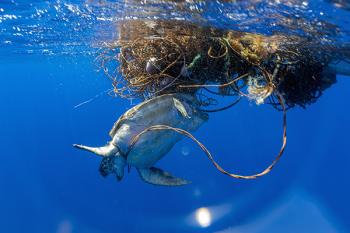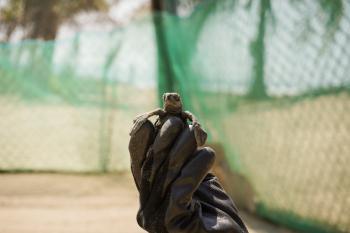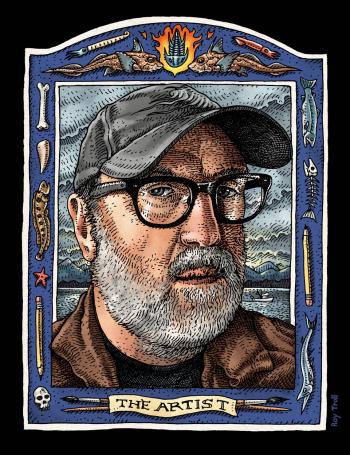
The Fun, Fishy Art of Ray Troll
Some of you may already know of Ray Troll. He’s been creating some of the most beloved scientifically accurate art for years. Ray makes science fun and beautiful and we’re lucky to call him a friend of Shape of Life.
Before moving to Alaska in the 1970s, Ray studied art in Kansas and Washington state where he got his Masters of Fine Arts degree. It was his sister Kate who got him to come to Alaska by asking him to help her sell fish. The move to Ketchikan led to him setting up a studio in a fish processing plant there. Ray says, “fish became my muse; they filled up my life.”
At first Ray lived right on a salmon spawning stream, and on his first date with his wife of now 40 years, Michelle, they watched salmon spawning. He opened a gallery on a creek in Ketchikan where salmon literally swim under the building. Talk about immersion! And, Ray did immerse himself in all things fishy. He began to delve deeper into fish and started to understand their biology and evolutionary journey. Ray eventually realized, ”I actually am a fish! The body plan of all vertebrates is fish.”
Paleo-Nerd
Ray, along with his friend and narrator of the new Tree of Life Animation, Henry Gee, describe themselves as Paleo-Nerds. A Paleo Nerd is a “grown-up who still has the child-like wonder and love for dinosaurs, fossils, science, and paleontology” as it says on the podcast called Paleo Nerds that Ray co-hosts with David Strassman. Ray feels that you “can’t explain the present without talking about the past.” Time seems almost irrelevant to him.
The first thing Ray remembers drawing is dinosaurs, starting around age four. They were real animals and he liked their long Latin names. Dinosaurs were his gateway into the history of the earth. And they are a captivating way to get kids involved.
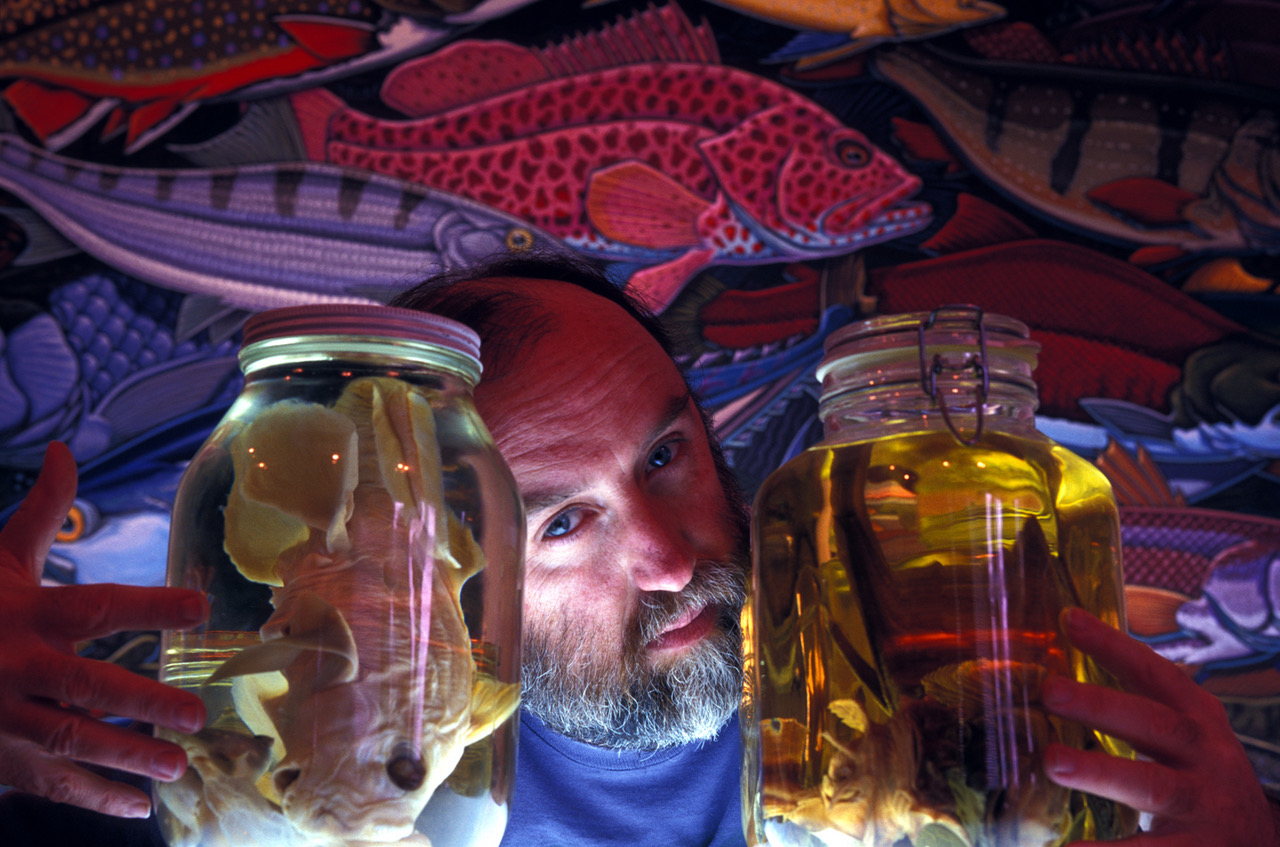
Science and Art
Ray has always been a naturalist, so it’s no surprise that his art went in that direction. The intersection of art and science is where Ray lives and he considers himself both an artist and a scientist. He has the ability to go deep into a subject, create the art and share his knowledge. Ray has the freedom to wander about intellectually and discover. Ray then creates art that communicates his discoveries. He always meets with scientists to vet the content. He calls his art “scientific surrealism,” using humor, absurdity, attention grabbing phrases, and behind all of it is accurate science.
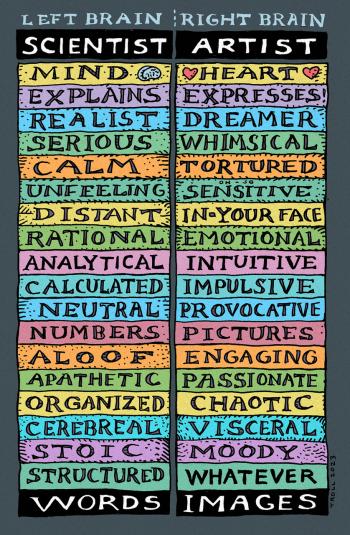
As his career turned to science communication, he built an audience through books and museum exhibits. Ray first entered the world of books through a collaboration with the writer Brad Matsen (he wrote the Shape of Life book), who an editor paired him with. Ray had the images and Brad wrote the essays for a book called Shocking Fish Tales: Fish, Romance, and Death in Pictures. Ray says the two were like “peas-in-a-pod,” and they went on to write Planet Ocean: A Story of Life, the Sea and Dancing to the Fossil Record, which turned into traveling exhibit.
Science Tells a Story
Ray thinks scientists need to communicate better, making it fun and engaging. He says, “If I can get someone to care about lumpsuckers or trilobites, they will want to know more and care about the species. And, then maybe they will want to do something about the planet’s health.”
Teaching Science Through Art
Ray’s teaching didn’t emerge until later, starting with teaching his own kids, getting them interested in the natural world. He was a pioneer in teaching science through art. It’s a movement now.
Ray often does drawing workshops with kids up and down the coast and in Kansas. Sometimes he has over 60 kids all at once: Ray says, “there’s nothing more fun than sitting down with kids and drawing with them.” Ray believes drawing is a powerful learning tool.
The Tree of Life
Ray had a previous and simpler version of a tree of life in Planet Ocean. When we saw it, we got excited and reached out to get him to do a new version. We wanted it to be scientifically accurate, of course. You can read more about the process in this month’s Blog.
What’s Next?
Drawing plankton is the task Ray has assigned himself. Thriving on inspiration, Ray has been sitting down and drawing nothing but plankton for the past two months. That means scouring books doing research, exploring and having the joy of discovery. Ray says, “I like to get it right, to learn what something looks like and then start to play with the art.”
Ray is also working on a fossil map of all the United States with his long-time friend and colleague Kirk Johnson, Director of Smithsonian's National Museum of Natural History. Ray thinks everybody should be in a “band” that gives you an opportunity to work with people in a different disciplines.
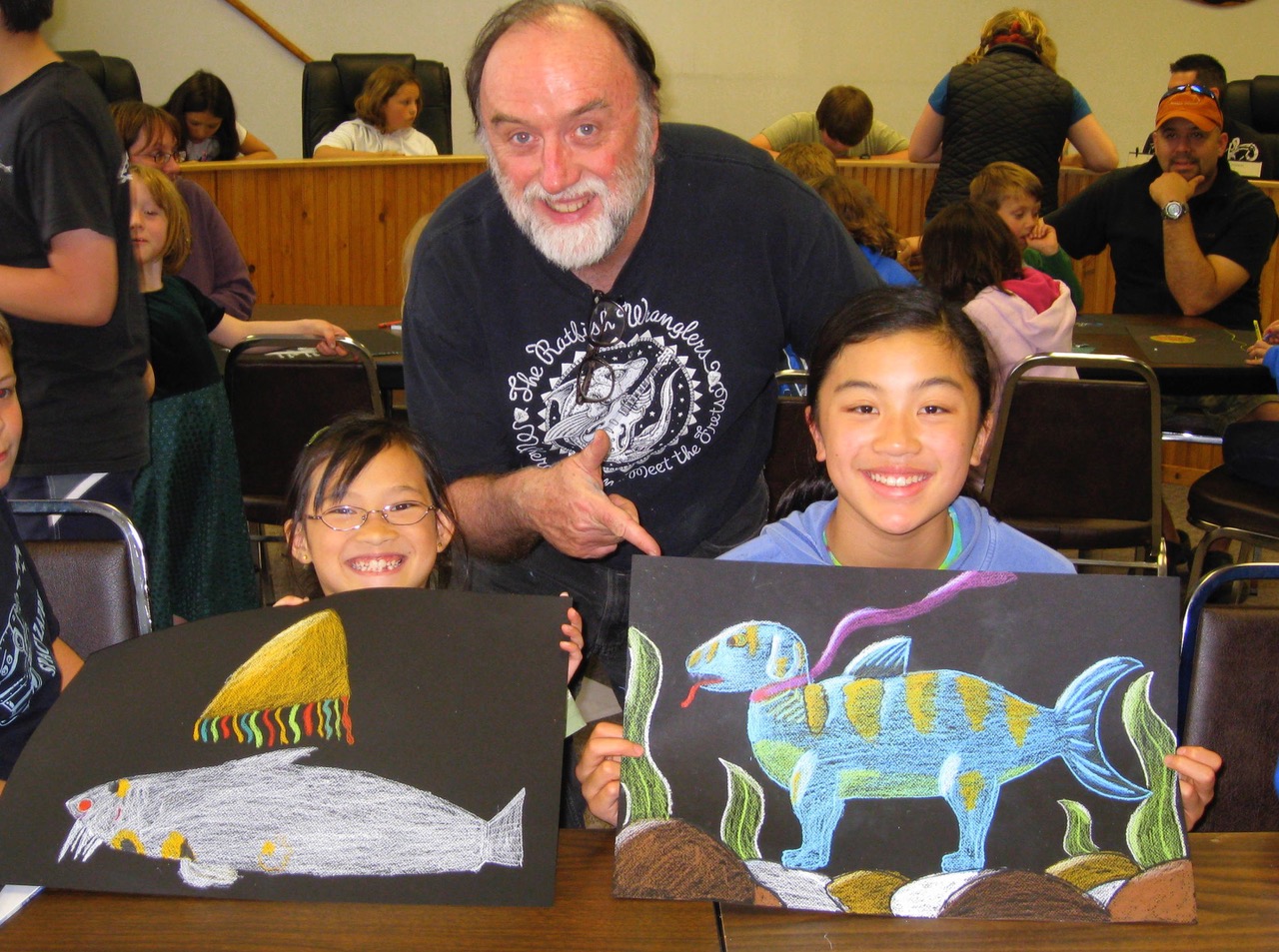
Science, Art and the Future is in Your Hands
“Science is fun, cool, engaging, and an important field for kids to jump into because the fate of the planet will impact their generation”, Ray says. As a scientist you can do lots of cool things: swim with sharks and dolphins and dig for fossils. We need a lot more artists. Scientists need artists. You can stay in one lane but blurring the disciplines expands your toolbox. Getting to do what you love is the best.”
